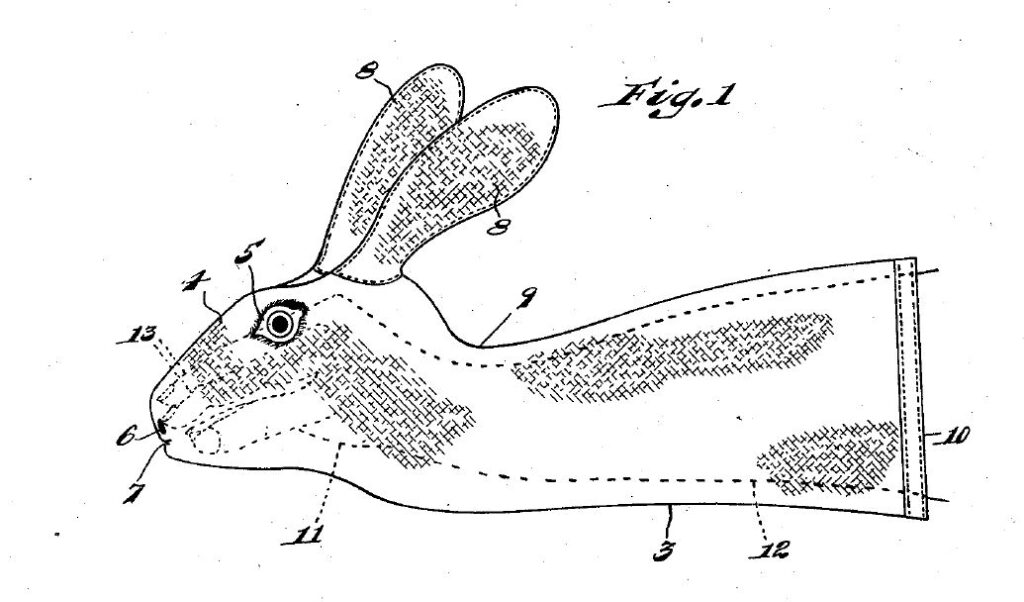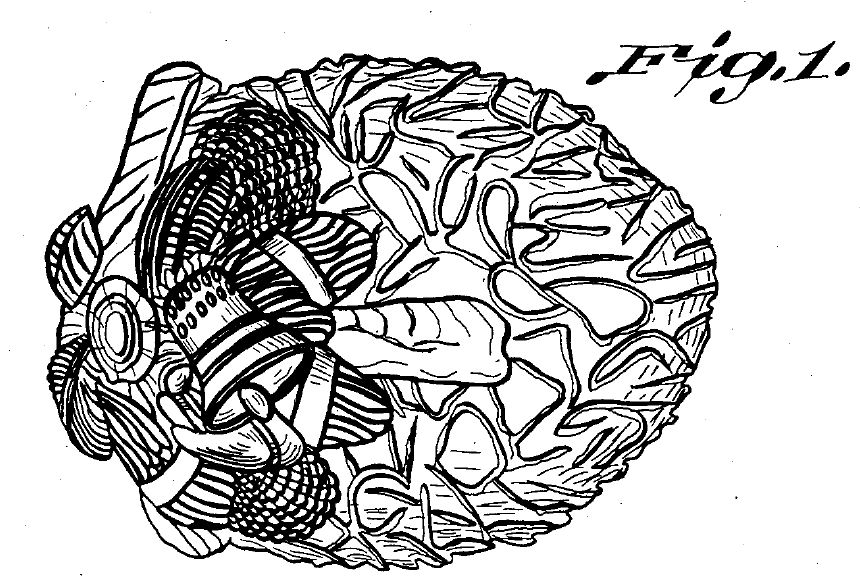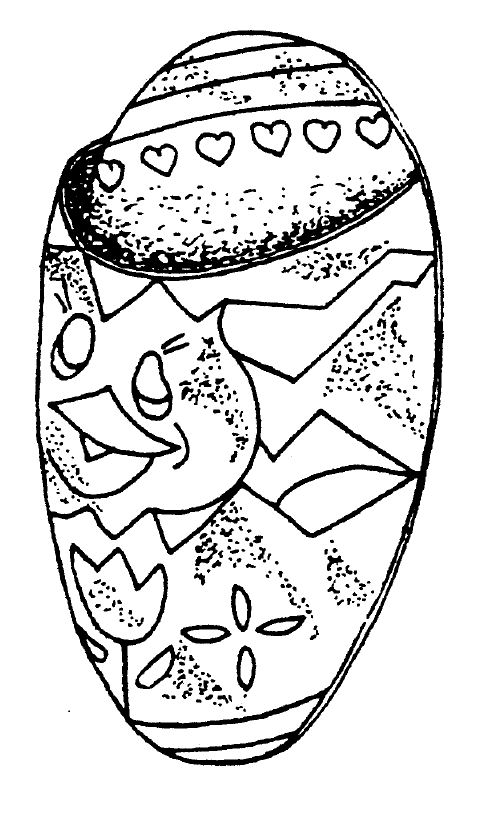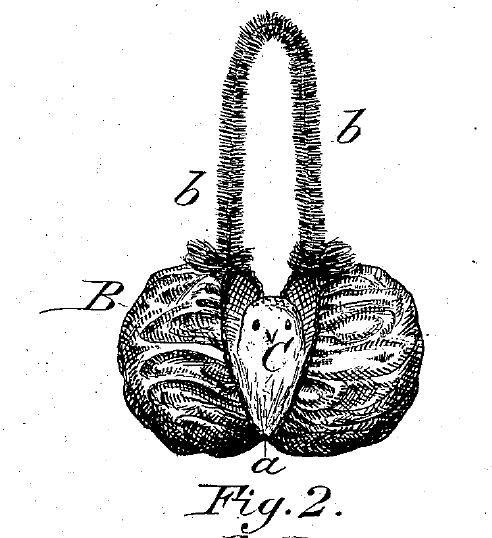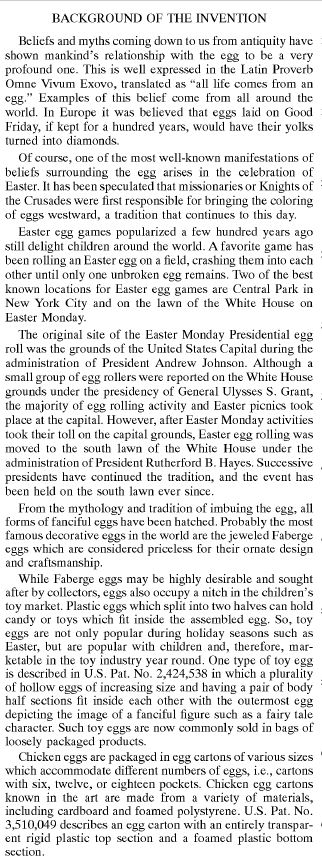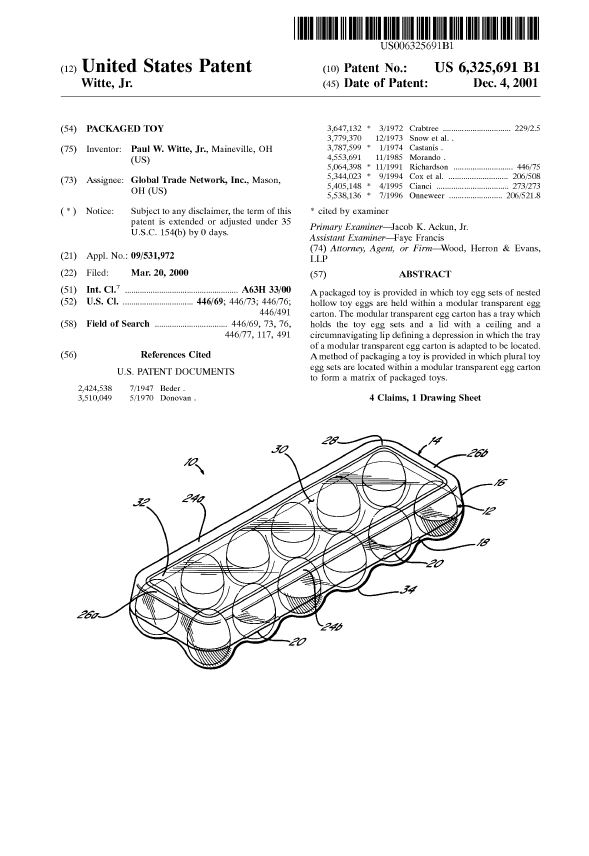In Nevro Corp. v. Boston Scientific Corporation, [2018-2220, 2018-2340] (April 9, 2020) the Federal Circuit vacated and remanded the District Court determination on summary judgment that claims 7, 12, 35, 37 and 58 of U.S. Patent No. 8,712,533, claims 18, 34 and 55 of U.S. Patent No. 9,327,125, claims 5 and 34 of U.S. Patent No. 9,333,357, and claims 1 and 22 of U.S. Patent No. 9,480,842 were indefinite. The claimed invention purportedly improves conventional spinal cord stimulation therapy by using waveforms with high frequency elements or components, which are intended to reduce or eliminate side effects.
The district court determined that “paresthesia-free” has a “clear meaning,” namely that the therapy or therapy signal “does not produce a sensation usually described as tingling, pins and needles, or numbness.” The district court therefore held that the term “paresthesia-free” does not render the asserted method claims indefinite. does not render the asserted method claims indefinite. Id. The district court held indefinite, however, the asserted “paresthesia-free” system and device claims. It held that infringement of these claims depended upon the effect of the system on a patient, and not a parameter of the system or device itself and therefore, “a skilled artisan cannot identify the bounds of these claims with reasonable certainty.”
Claims, viewed in light of the specification and prosecution history, must “inform those skilled in the art about the scope of the invention with reasonable certainty.” This standard “mandates clarity, while recognizing that absolute precision is unattainable.” The Federal Circuit concluded that the district court correctly determined that the “paresthesia-free” method claims are not indefinite, but that it erred in holding indefinite the “paresthesia-free” system and device claims. The test for indefiniteness is not whether infringement of the claim must be determined on a case-by-case basis. Instead, it is simply whether a claim “inform[s] those skilled in the art about the scope of the invention with reasonable certainty.”
The Federal Circuit said that “paresthesia-free” is a functional term, defined by what it does rather than what it is, but that that does not inherently render it indefinite. In fact, the Federal Circuit said that functional language can promote definiteness because it helps bound the scope of the claims by specifying the operations that the claimed invention must undertake. When a claim limitation is defined in purely functional terms, a determination of whether the limitation is sufficiently definite is highly dependent on context (e.g., the disclosure in the specification and the knowledge of a person of ordinary skill in the relevant art area). The ambiguity inherent in functional terms may be resolved where the patent provides a general guideline and examples sufficient to enable a person of ordinary skill in the art to determine the scope of the claims.
The Federal Circuit found that the specification teaches how to generate and deliver the claimed signals using the recited parameters. Accordingly, a person of ordinary skill would know whether a spinal cord stimulation system, device or method is within the claim scope. Thus, the patents provide reasonable certainty about the claimed inventions’ scope by giving detailed guidance and examples of systems and devices that generate and deliver paresthesia-free signals with high frequency, low amplitude, and other parameters.
The Federal Circuit rejected Boston Scientific’s argument that the “paresthesia-free” claims are indefinite because infringement can only be determined after using the device or performing the method. The Federal Circuit said that “Definiteness does not require that a potential infringer be able to determine ex ante if a particular act infringes the claims.”
Several of the claims recited a signal generator “configured to” generate a therapy signal with certain parameters and functions. The district court concluded that “configured to” could be “reasonably construed to mean one of two things: (1) the signal generator, as a matter of hardware and firmware, has the capacity to generate the described electrical signals (either without further programing or after further programming by the clinical programming software); or (2) the signal generator has been programmed by the clinical programmer to generate the described electrical signals. Because the term was susceptible to two different constructions, the district court concluded that “configured to” made the claims indefinite.
The Federal Circuit said that this was the incorrect legal standard. The test for indefiniteness is whether the claims, viewed in light of the specification and prosecution history, inform those skilled in the art about the scope of the invention with reasonable certainty. The Federal Circuit said that the test is not merely whether a claim is susceptible to differing interpretations, as such a test would render nearly every claim term indefinite so long as a party could manufacture a plausible construction. The Federal Circuit held that “configured to” does not render the claims indefinite.
Several of the claims included the limitation “means for generating” a paresthesia-free or non-paresthesia-producing therapy signal. The district court determined that there was not an adequate disclosure of a corresponding structure in the patent specification and sua sponte held the claims indefinite.
The Federal Circuit noted that the specification clearly recites a signal or pulse generator, not a general-purpose computer or processor, as the structure for the claimed “generating” function. The Federal Circuit furtner noted that the specification teaches further how to configure the signal generators to generate and deliver the claimed signals using the recited parameters, clearly linking the structure to the recited function. The Federal Circuit reversed the finding of indefiniteness.
Finally, all but four of the claims used the term “therapy signal,” which the district court construed as an “electrical impulse” or “electrical signal,” but which the patent owner argued meant “a spinal cord stimulation or modulation signal to treat pain.”
The Federal Circuit disagreed that the specification met the exacting standard of define “therapy signal” as the Federal Circuit found. The Federal Circuit also rejected the argument that the language was indefinite, holding that the fact that a signal does not provide pain relief in all circumstances does not render the claims indefinite. The Federal Circuit held that the district court incorrectly construed the claim, but correctly determined that the claim was not indefinite.

